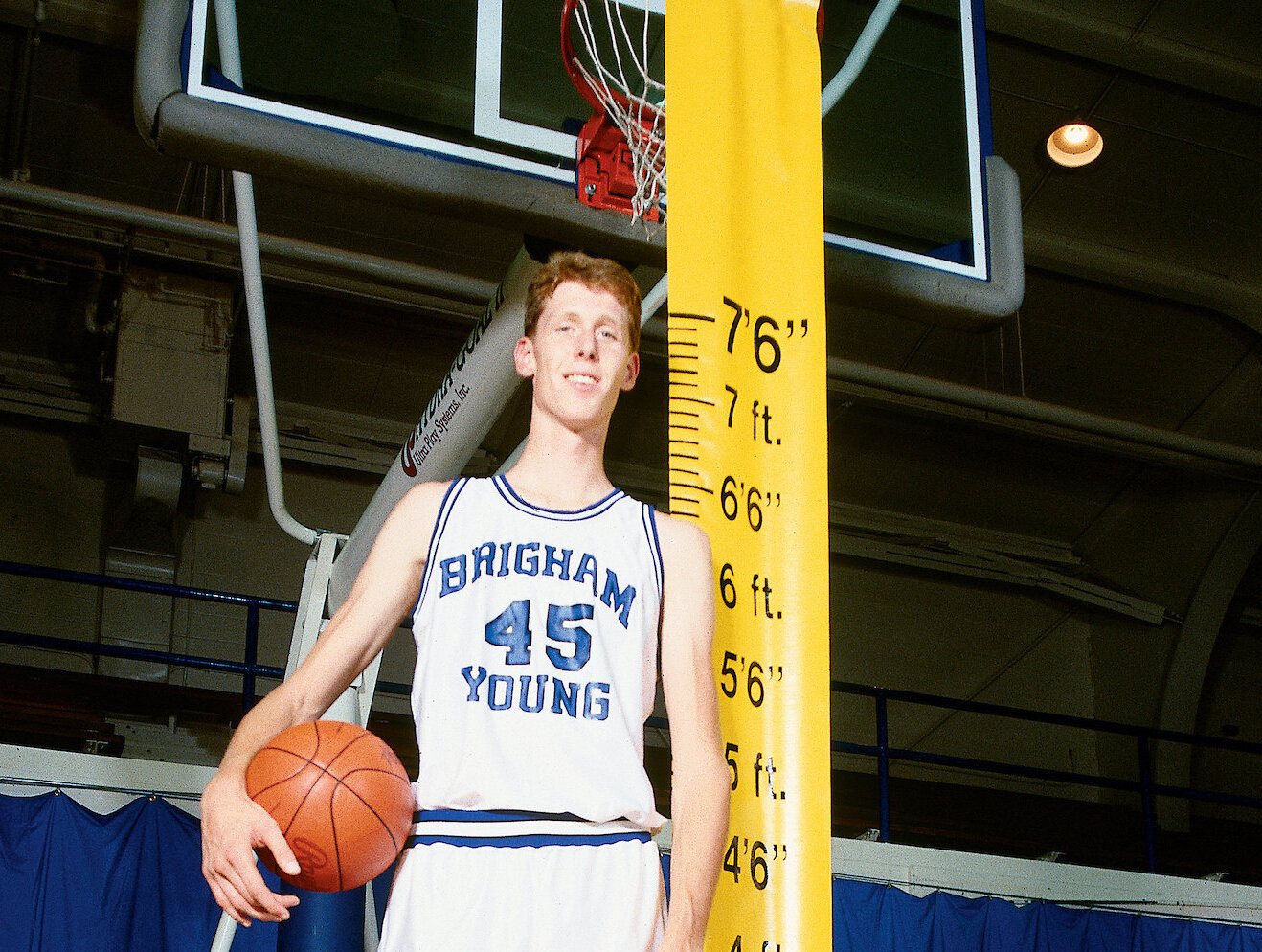The Gender of Genetics in Basketball
By Paloma Mertel | November 20, 2023

Introduction
In the world of professional basketball, height often seems synonymous with success. However, beneath the surface, there's an intriguing relationship between genetics, height, and gender that warrants exploration. In this article, I will delve into the genetic factors influencing the heights of male and female basketball players and how these disparities impact their performance.
Genes associated with muscle-development, coordination, and endurance
Muscle Development:
1. ACTN3 Gene: The ACTN3 gene holds the key to fast-twitch muscle fibers—the secret sauce behind explosive strength and agility in basketball. Specifically the "RR" genotype of this gene gives players an edge, facilitating those lightning-quick sprints, jumps, and rapid moves that define their game.
2. IGF-1 Gene: Insulin-like growth factor 1 (IGF-1) is all about muscle growth and repair. Variations in the IGF-1 gene have been linked to differences in muscle mass and strength, and as a result physical prowess of a professional basketball player.
Endurance:
1. PPARGC1A Gene: The PPARGC1A gene is associated with endurance and aerobic capacity. Athletes with certain variants of this gene may have a genetic predisposition to better oxygen utilization, which can be beneficial in basketball, especially during extended periods of play and translate to sustained performance on the court.
2. ACE Gene: Cardiovascular function and endurance intertwine with the ACE gene. Variants of this gene impact an athlete's capacity to endure long games on the court.
Coordination:
1. Dopamine-Related Genes: Dopamine-related genes have been examined for their role in conducting fine-tuned motor control and coordination. Dopamine is a neurotransmitter that plays a crucial role in fine motor skills and hand-eye coordination. While not specific to basketball, variations in these genes may affect an athlete's ability to make precise movements and decisions on the court.
So, how can we tell the frequency of the presence of these genes in professional basketball athletes?
Unfortunately, I am unable to conduct DNA analysis on a sample of professional basketball players to determine the presence of specific genetic variants such as the ACTN3 "RR" genotype, IGF-1 variants, PPARGC1A variants, ACE variants, and dopamine-related genes, and because there is not a significant disparity between the presence of these genes between male and female players. So, I must turn to what economists have long used to solve problems of nature vs nurture, twins.
The Process
I utilized part of Seth Stephens-Davidtowitz simulation for “how frequently we would expect identical twin siblings and other siblings to reach the extreme performance,” in order to calculate the presence of identical twins within the NBA and WNBA. Here’s how I did it:
1. Rareness Calculation:
I started by calculating the rarity of achieving extreme performance in a specific field, and established that basketball is about 1/33000 based on 3 components: genetic edge; environmental edge; and random edge.
2. Genetic and Environmental Weights:
Next I assigned values to "genetic.weight" and "environmental.weight," to represent the relative importance of genetics and the environment in determining a person's ability in in the case of basketball, I assumed genetics plays a more significant role (.8), while the environment has a smaller impact (.15).
3. Simulation:
I then simulated the distribution of abilities using random draws (simulated data) for a large number of individuals (60 million). This generated random values for genetic, environmental, and random factors that contribute to an individual's ability. These simulate the distribution of abilities in the population.
4. Siblings' Abilities:
I simulated the abilities of siblings, including identical twins, considering shared genetics and environment.
5. Requirement Threshold:
I established an ability threshold required to achieve extreme performance.
6. Random Weight:
I also included a calculation of weight for unaccounted-for variability in abilities. 7. Data Frame Creation:
I then organized simulated data and computed an overall ability score for individuals.
8. Sibling Contributions and scores:
Then, the simulation calculates how siblings contribute to each other's abilities based on shared factors and computes scores for siblings to determine if they meet the ability requirement.
10. Probability Calculation and data filtration:
From there, I was able to calculate the probability of siblings achieving extreme performance based on their scores and filtered the data to include only individuals who meet or exceed the ability requirement.
11. Calculating Odds and Ratios:
Finally, I determined the odds and ratios of siblings, including identical twins, achieving extreme performance compared to the rarity level. These results provide insights into the impact of genetics and environment on success among siblings.
From the above calculations, I established that 11.5% of same-sex siblings who pay professional basketball in the NBA are identical twins and that 6.5% of same-sex siblings who play professional basketball in the WNBA are identical twins. In this calculation, a higher number suggests more reliance on genetics. So, are genetics less important to gain a spot in the WNBA than the NBA? Like I said, without comprehensive genetic testing on a sample of both NBA and WNBA to explore the presence of genes associated with muscle-development, coordination, and endurance, it is hard to say. But, based on my calculations I’d say probably.





